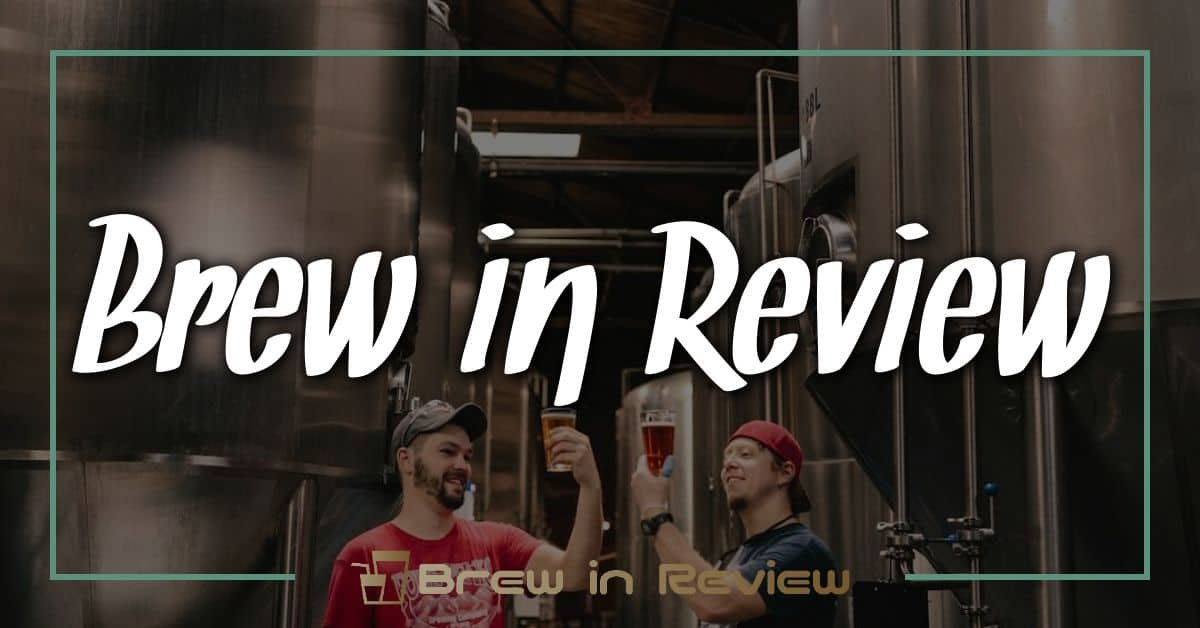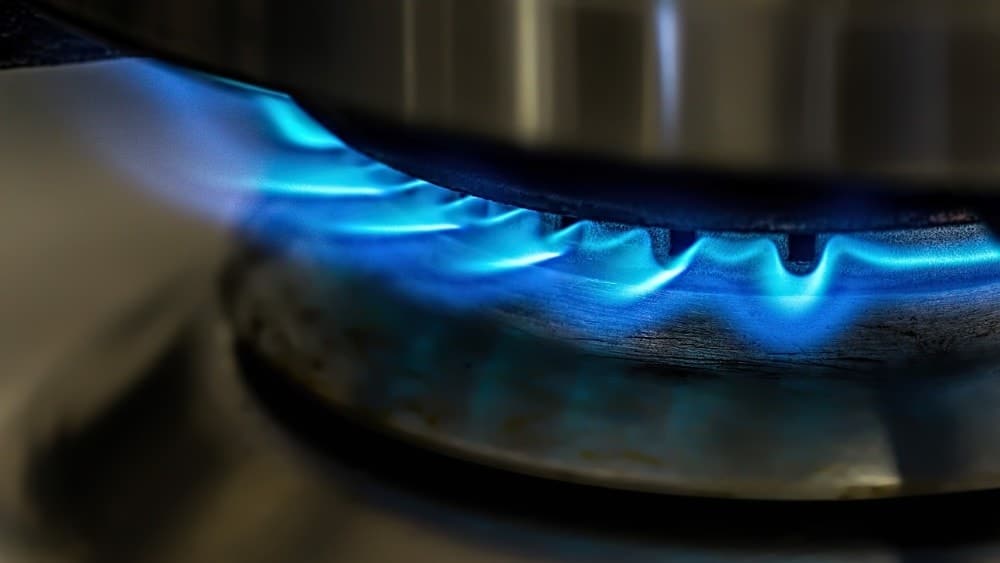If you’re passionate about brewing your own beer, you know how important it is to have the right setup. Whether you’re a novice or a seasoned brewer, upgrading your brewing equipment can elevate your craft and enhance your flavors. It’s not just about the beer; it’s about the experience of creating something unique.
Benefits Of Upgrading Your Brewing Setup
Upgrading your brewing setup enhances your brewing experience and improves your final product. Both new and seasoned brewers enjoy distinct advantages from investing in better equipment.
Improved Flavor and Quality
Upgrading equipment changes how ingredients interact. Using a high-quality mash tun or fermentation vessel significantly enhances flavor extraction. With better temperature control, you can perfect fermentation, leading to clearer, more defined flavors. Upgrading to larger or more efficient brewing vessels increases batch size while maintaining quality. Additionally, modern brewing systems help reduce contamination risks, ensuring cleaner tastes in every sip.
Increased Efficiency
Upgrading simplifies the brewing process. Improved pumps, filtration systems, and automated temperature controls save time during brewing. Reducing brewing time means you can brew more often, increasing your overall production. Enhanced equipment reduces water and energy usage, making your brewing setup more sustainable, which supports both your wallet and the environment. With better efficiency, you’ll find it easier to focus on creativity and experimentation, enabling you to craft unique brews that stand out.

Key Upgrades To Consider
Upgrading your brewing setup can significantly elevate your home brewing game. I recommend focusing on equipment enhancements and ingredient quality to create exceptional brews.
Equipment Upgrades
Investing in high-quality brewing equipment transforms the brewing experience. Consider integrating a stainless steel brew kettle for better heat distribution and durability. An electric brewing system simplifies temperature control, ensuring consistency in your brews. A quality fermentation vessel, like a glass carboy, reduces contamination risks while allowing you to monitor fermentation visually. Adding a dedicated fermentation chamber promotes optimal temperature regulation, further enhancing flavor profiles in your beer. A kegging system streamlines serving and storage, allowing you to enjoy your brews fresh.
Ingredient Quality
Using high-quality ingredients dramatically impacts your beer’s taste. I recommend sourcing fresh, whole hops instead of pre-packaged pellets for improved aroma and flavor clarity. Opt for premium malts from reputable suppliers, as they provide rich flavors that elevate your brews. Yeast plays a critical role in fermentation; selecting the right strain can enhance character and complexity. Investing in purified water or a filtration system ensures clean, crisp flavors in your final product. When I swap in fresh, local ingredients, the differences in flavor and quality become evident.
Tips For Making The Transition
Upgrading your brewing setup can be an exciting journey, but planning and budgeting are crucial steps. Here’s how to streamline that process.
Planning Your Upgrade
Planning involves assessing your current setup, identifying limitations, and determining what specific improvements align with your brewing goals. I recommend starting with a checklist of essential equipment based on your brewing style. Consider your batch sizes, ingredient quality, and space availability. Prioritize upgrades that enhance flavor and reduce contamination risks, such as a stainless steel brew kettle and a quality fermentation vessel. Research different brands and reviews to guide your selections. Lastly, don’t overlook the benefits of investing in a dedicated fermentation chamber, which maintains optimal temperatures for yeast health.
Budget Considerations
Budgeting for upgrades means finding the right balance between quality and price. Start by establishing a clear budget that reflects your brewing aspirations. I often suggest allocating around 20% of your home brewing expenses to equipment upgrades annually. Prioritize significant equipment purchases that offer long-term benefits, like an electric brewing system, which may cost between $300 and $1,000, depending on features. Factor in the ongoing costs of ingredients, as using high-quality malts and hops can also impact your budget. Always be on the lookout for sales, discounts, or second-hand equipment from reliable sources. With careful planning and budgeting, you can make successful upgrades that elevate your brewing experience.
Maintaining Your New Setup
Maintaining your upgraded brewing setup ensures optimal performance and longevity. Regular attention to your equipment and ingredients can enhance your brewing experience.
Regular Cleaning and Maintenance
Cleaning your brewing equipment after each use prevents contamination and ensures consistent results. I recommend rinsing out the brew kettle, fermentation vessel, and any other tools immediately after use. A simple mix of hot water and a no-rinse cleaner works well for sanitizing.
Inspect seals, hoses, and fittings for wear or damage regularly. Replacing worn parts sooner rather than later minimizes the risk of leaks and contamination. Additionally, checking temperature probes and other sensors ensures accurate readings for future brews.
Keep your workspace tidy by organizing equipment. A designated storage area avoids cross-contamination and makes setup easier for your next brewing session. Regularly replace ingredients, especially hops and yeast, to maintain freshness and flavor.
Troubleshooting Common Issues
Addressing brewing issues promptly prevents minor problems from escalating. If fermentation stalls, check temperatures and yeast viability. Reviving stuck fermentation often involves gently stirring and adding nutrient-rich solutions to the must.
Cloudiness in the final product signals potential clarity issues. Solutions include using fining agents or ensuring proper cold crashing techniques. If off-flavors occur, consider your water source and ingredient freshness.
Lastly, pay attention to your bottling technique. Ensuring bottles and caps are clean helps avoid oxidation and maintains quality. I often remind myself that each brew teaches me something new, so embracing troubleshooting as a learning opportunity enhances my skills.
Conclusion
Upgrading my brewing setup has been a game changer for my home brewing journey. It’s amazing how the right equipment can elevate the quality of my beer and make the brewing process so much more enjoyable. I love experimenting with fresh ingredients and seeing how they transform my brews.
Taking the time to plan and budget for these upgrades really pays off. I’ve learned that maintaining my equipment is just as important as the upgrades themselves. Each brew session is a chance to refine my skills and embrace the learning curve. I can’t wait to see where my brewing adventures take me next!




